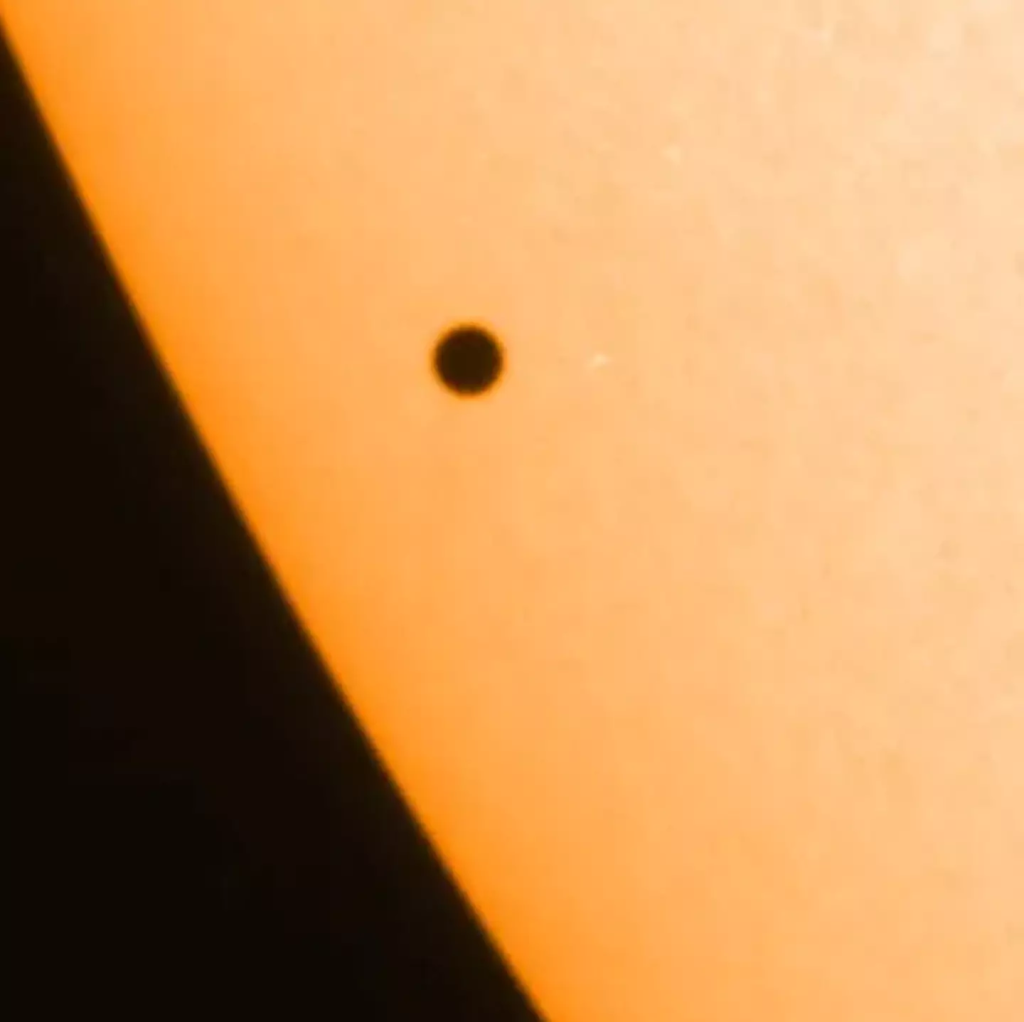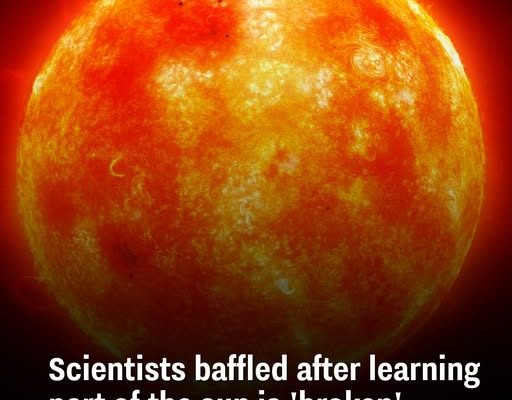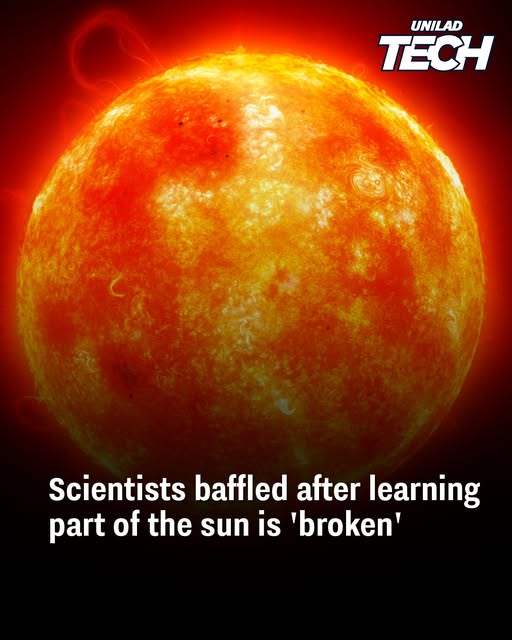
Shocking shift in the star has remained difficult to explain
If there’s one thing you never want to hear it’s that the sun is ‘broken’, yet a recent event involving the star has left scientists baffled with no explanation.
There are some rather strange occurrences in space, from an incredible 12,000,000,000 year old body of water to ancient rocks from 4.2 billion years ago, but the sun remains a familiar yet dangerous constant.
It’s a complex star that’s understandably difficult to study due to it’s scorching surface and staggering size, but some things can happen that still shock scientists.
The most recent of these has left experts utterly baffled, as it appears – at least from the outside – as if the sun has ‘stopped working’ in some capacity.
Highlighted by space weather physicist Dr. Tamitha Skov on X (formerly Twitter), part of the sun’s northern prominence has broken away, creating a rather vigorous polar vortex.
She details that these broken off materials are “circulating in a massive polar vortex around the north pole of our Star.”
This was observed using the James Webb Space Telescope, which is also the gadget that managed to spot the most valuable asteroid currently in space.
While it remains largely unexplained with many scientists left baffled at this incident, some have assumed that it’s related to the reversal of the sun’s magnetic field, which has recently happened for the first time in over 11 years.
Something strange always appears to happen when the sun forms at the 55 degree latitude, but the breaking off of materials at it’s northern section certainly wasn’t on anyone’s prediction list.
Skov, as reported by CBC, has expressed no desire to worry about this incident though, instead remaining fascinated about the lack of understanding.
“Scientists should be allowed to be curious and get excited about things they don’t understand,” she explains, “Otherwise, what’s the job of a scientist?”
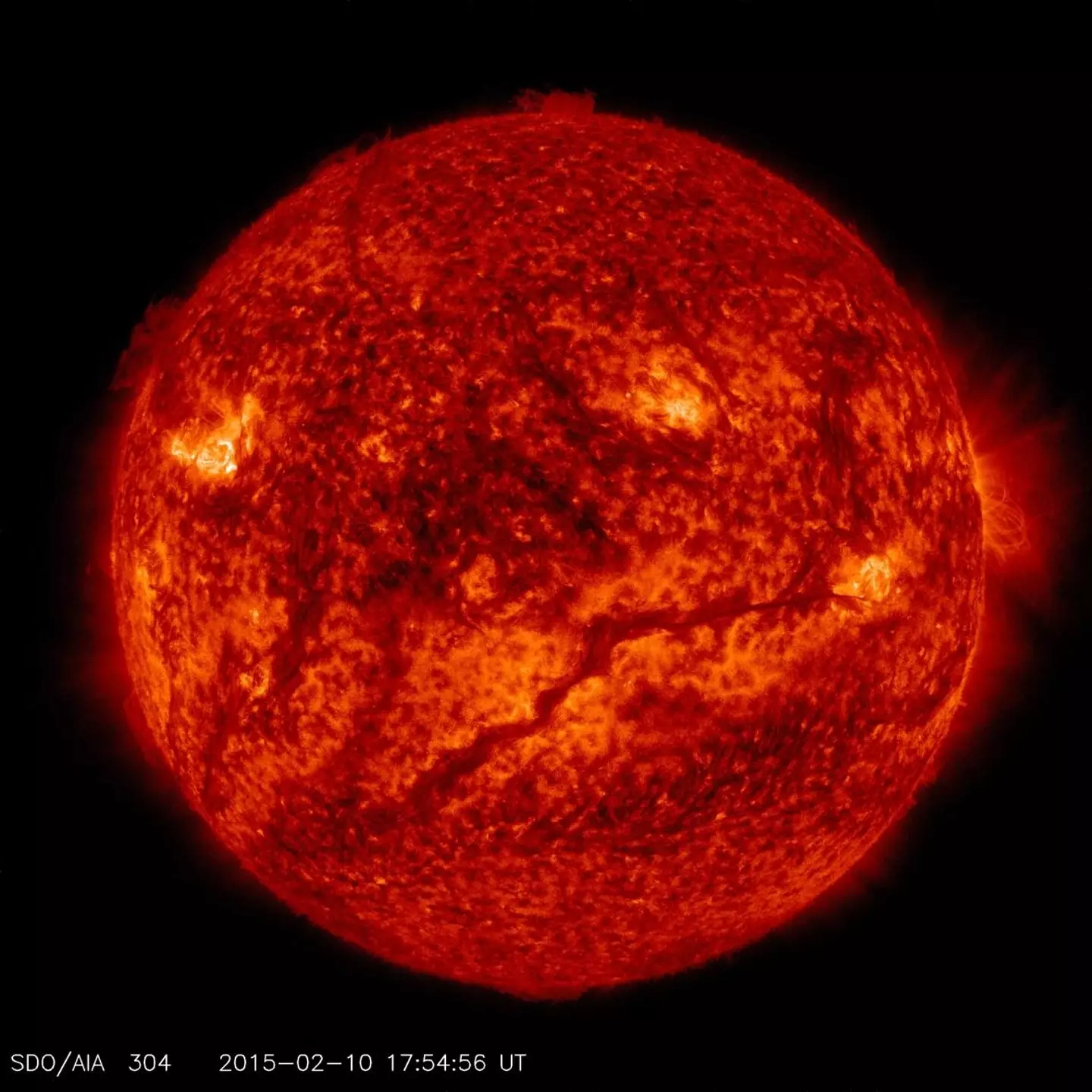
The shredding of a solar filament is seen as a major breakthrough for research into the sun (NASA/SDO)
The process of breaking off appears to be to do with the electromagnetic winds that occurred above the 60 degree latitude, as Skov details:
“It was rising like a hot air balloon… and as it cooled, instead of just cooling back down and falling, or perhaps erupting, like a normal polar crown filament, part of it got ripped off in the wind.
And as it shredded off into this win, we got to watch it cool down, swirl into a cortex. And that is a very rare, if not, fundamentally new observation.”
Often new discoveries in space are scary at first, but this could represent a significant breakthrough in how we understand the sun.Featured Image Credit: Science Photo Library – SCIEPRO / Javier Zayas Photography / Getty

Published 10:06 12 Jan 2024 GMT
Man explains how the sun is burning when there’s no oxygen in space
This physicist has broken down why the Sun looks like it’s burning – even if it’s not on fire.

We might not remember much from high school science, but we do know that oxygen and fuel = fire.
This is the process of combustion, which brings together oxygen and a fuel source.
So when we look at the big ball of flames in the sky – the Sun – what’s actually going on there?
Basic science tells us there’s no oxygen in space – that’s why astronauts have to get kitted out in heavy suits and helmets, so they can breathe out there – so how could the Sun be on fire?
Well, one scientist has the answer.
“In reality, the Sun is not burning, because the Sun is not fire,” said Dr Ryan French in a TikTok video.
French is a solar physicist and author, and on his TikTok page – which has 49.7k followers – he says his job is dedicated to researching the Sun, meaning he’s well placed to give us the low-down.
“The Sun is not powered by combustion, but instead a different energy source called nuclear fusion, taking place in the core of our Sun and every other star as well,” French explained.
He said the whole lifetime of any star is a “constant battle” between the “gravity of the mass of the star pushing it inwards, and a resistive force pushing outwards”.
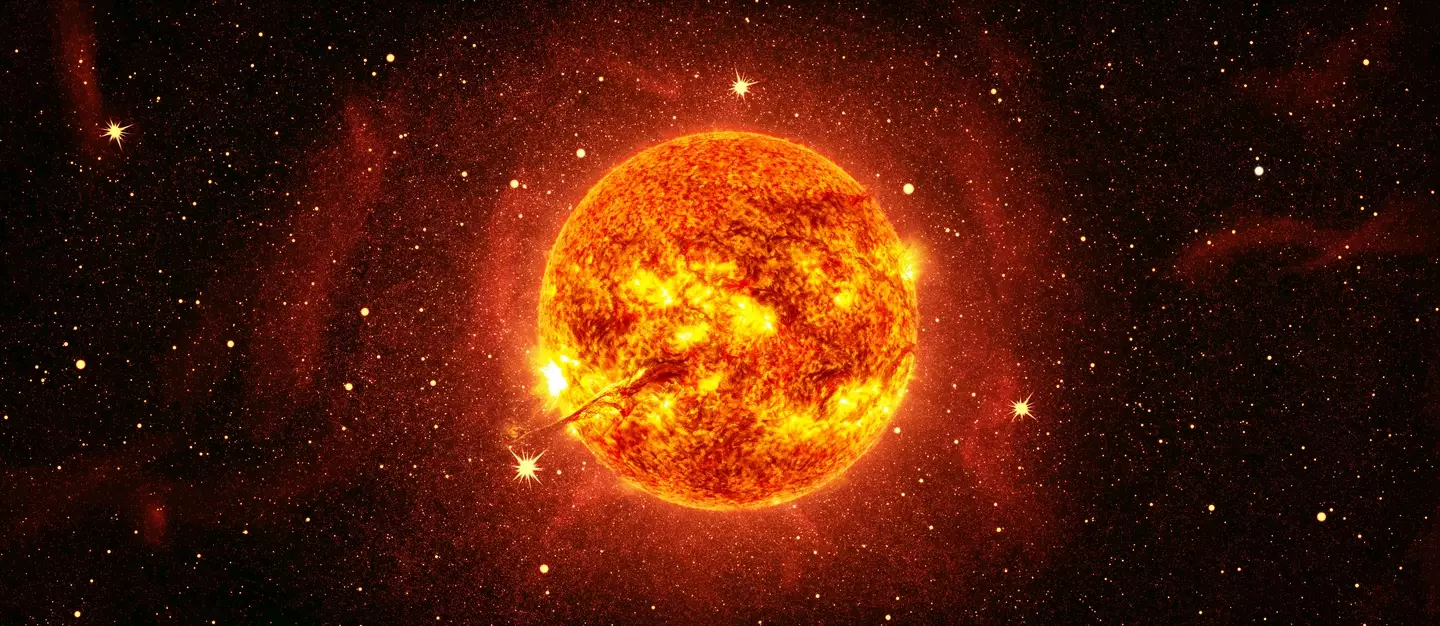
robertsrob / Getty
For most stars, this outward force is the process of nuclear fusion, where hydrogen atoms are squished together in an environment of huge pressure and a high temperature. This creates a helium atom, which French said is lighter than hydrogen – so all this excess mass is released as energy.
This is a huge amount of energy being released from the core of the Sun – and this is transported to the surface “via radiation, convection and conduction”, French said – making it look like the Sun is on fire.
And safe to say people are loving this new info in the comments section.
“I am literally shocked that the sun is not on fire. Super interesting!!” one TikToker wrote.
Another agreed: “Very educational and well put, good video.”
And others were keen to learn more about the Sun from a specialist.
A TikToker asked: “Have you seen the solar activity comparison from 2019 to now? If so, if that normal for the Sun to fluctuate that much?”
To which French replied with his expert answer: “Sun follows an 11-year cycle of increasing/decreasing activity!”Featured Image Credit: EvgeniyQ/Westend61/Getty Images
